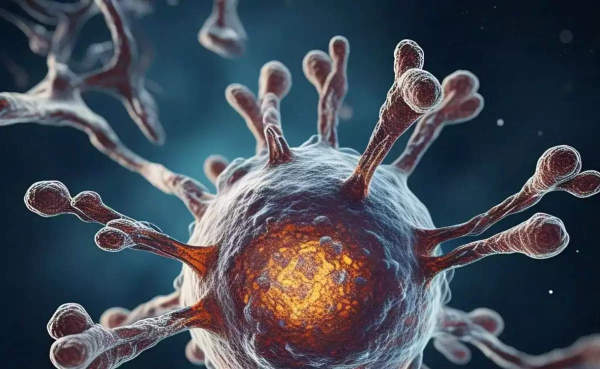
The word "cancer" often brings fear, as it can affect anyone and, if left untreated, can become life-threatening. One of the early warning signs of cancer is the formation of a lump in the body. These lumps can appear in different areas and vary in shape and size. While not all lumps are cancerous, some may indicate a serious condition requiring medical attention.
In this article, we will discuss the size of a cancerous lump, how to identify it, and what happens if it bursts. We will also explore common locations where cancer lumps develop and how doctors diagnose them.
A cancerous lump may start as a small growth, often just a few millimeters in size. However, as cancer progresses, the lump can increase in size. When it reaches 1 to 2 centimeters or more, it becomes a cause for concern. If left untreated, the lump can grow rapidly, leading to more severe complications. That’s why early detection and timely medical intervention are crucial.
Certain characteristics can help distinguish a cancerous lump from other types of growths. Here are key symptoms to watch for:
A bursting cancerous lump can be a serious medical emergency. It may cause internal bleeding, damage surrounding tissues, and even increase the risk of cancer cells spreading (metastasis). If someone experiences sudden changes in a lump, such as rupture or discharge, immediate medical attention is necessary to prevent further complications.
Cancerous lumps can form in various parts of the body. Some of the most common locations include:
If you notice an unusual lump, consulting a doctor is essential. Several tests help diagnose cancer, including: